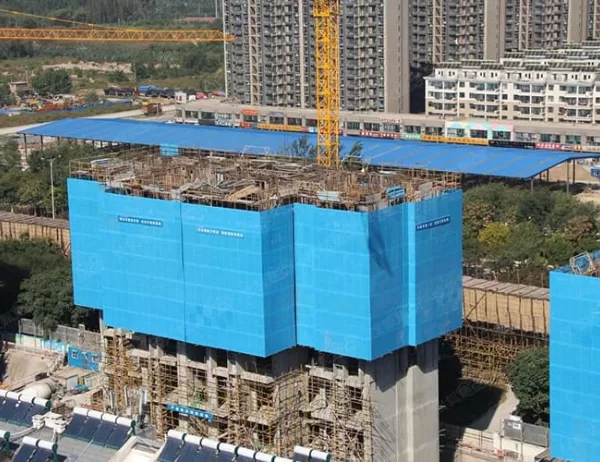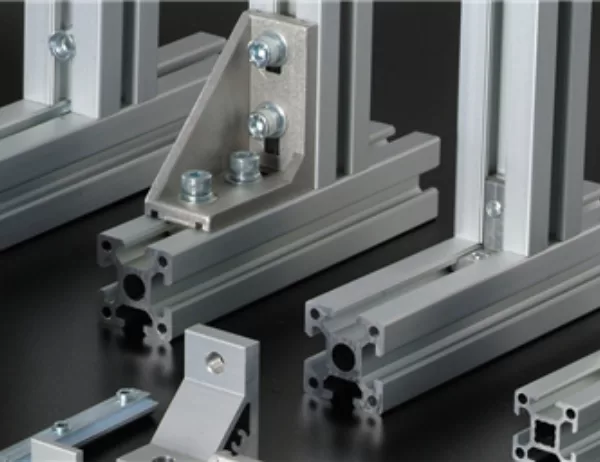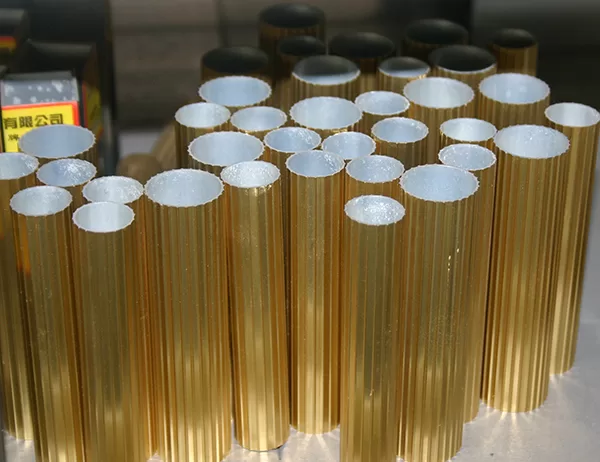Aluminum heat sinks play a vital role in dissipating heat from electronic components, ensuring their optimal performance and extending their lifespan. To achieve maximum efficiency, it is crucial to consider several essential design tips that optimize the heat sink’s ability to transfer heat away from the source.
Heat Sink Material Selection and Geometry
The choice of aluminum alloy and the geometry of the heat sink significantly impact its thermal performance. High-grade aluminum alloys with high thermal conductivity, such as 6061-T6, promote efficient heat dissipation. The surface area, fin height, and spacing should be optimized to maximize convective and radiative heat transfer.
Heat Sink Orientation and Mounting
Proper heat sink orientation and mounting are essential for effective heat transfer. The heat sink should be positioned such that the airflow direction is perpendicular to the heat sink fins. Secure mounting ensures good thermal contact between the heat source and the heat sink, minimizing thermal resistance.
Airflow Optimization
Adequate airflow is crucial for efficient heat dissipation. The heat sink should be placed in an area with sufficient air circulation. If necessary, fans can be used to increase airflow velocity and enhance convective heat transfer. The fan’s speed and airflow pattern should be optimized to balance cooling performance and noise levels.
Thermal Interface Material
Thermal interface materials (TIMs) play a vital role in minimizing thermal resistance between the heat source and the heat sink. TIMs with high thermal conductivity, such as thermal grease or phase change materials, fill microscopic gaps and facilitate efficient heat transfer. Proper TIM application is essential to ensure optimal thermal contact.
Surface Treatment and Coatings
Surface treatments and coatings can enhance the heat sink’s thermal performance. Anodizing or powder coating the heat sink surface increases its surface area and emissivity, improving radiative heat transfer. Black coatings have a higher emissivity, while white coatings can reflect sunlight and reduce heat absorption.
Environmental Considerations
Consider the operating environment when selecting and designing a heat sink. Factors such as dust, humidity, and vibration can affect heat sink performance. IP-rated heat sinks provide protection against environmental hazards, ensuring reliable operation in harsh conditions.
Monitoring and Maintenance
Regular monitoring of the heat sink’s performance is crucial to ensure optimal functionality. Temperature sensors can be used to monitor the heat sink’s temperature and identify potential issues. Periodic cleaning and maintenance are essential to remove dust and debris that can obstruct airflow and reduce heat dissipation efficiency.
Conclusion
By following these essential design tips, engineers and designers can optimize the efficiency of aluminum heat sinks, ensuring effective heat dissipation and maintaining the optimal performance of electronic components. Proper material selection, heat sink geometry, airflow optimization, and thermal interface materials all play a significant role in achieving maximum heat transfer and extending the lifespan of electronic devices.




